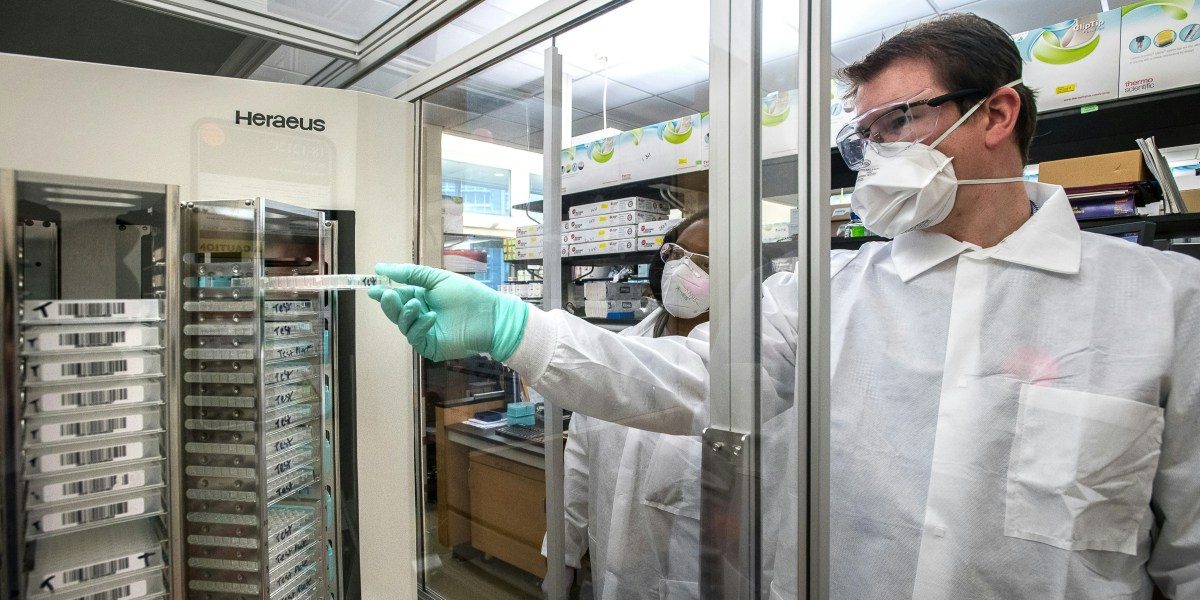What the CDC Confirmed
The Centers for Disease Control and Prevention (CDC) has confirmed the first U.S. cases of a more severe strain of mpox, also known as clade I. Health officials reported that the cases were identified in California, including one patient in Long Beach who required hospitalization before being discharged to recover at home. According to ABC News, this marks the first time the strain has been detected in the United States without a travel link to regions where the virus is more common.
The CDC emphasized that the overall risk to the public remains low. Investigations are underway to determine how the patients may have been exposed, with local health departments working to trace contacts and identify possible sources of transmission. Officials are also monitoring whether these cases suggest limited community spread.
While mpox has been present in the U.S. since the 2022 outbreak, the clade I strain is considered more severe than the clade II strain that circulated widely during that period. The confirmation of these cases underscores the importance of continued surveillance and preparedness in national health policy.
Understanding Mpox and Its Strains
Mpox is a viral disease related to smallpox, though it is generally less severe. Symptoms include fever, swollen lymph nodes, and a distinctive rash. Most cases resolve without hospitalization, but severe forms can occur, particularly in individuals with weakened immune systems. According to USA Today, the clade I strain has historically been associated with higher rates of complications in Central and West Africa.
There are two main types of the virus: clade I and clade II. Clade II was responsible for the 2022 outbreak in the U.S., which saw thousands of cases but relatively low mortality. Clade I, by contrast, has been linked to more severe illness in some patients. The detection of clade I in the U.S. is significant because it suggests the virus may now be present domestically without requiring international travel for transmission.
Health experts stress that while the clade I strain is more severe, the number of cases remains very small. Vaccines and antiviral treatments developed during the 2022 outbreak are expected to provide protection against both strains, offering reassurance that the U.S. is better prepared than before.
Public Health Response
Local and federal health officials are coordinating to contain the cases and prevent further spread. Contact tracing is underway, and individuals who may have been exposed are being monitored. The CDC has also issued alerts to healthcare providers, urging them to be vigilant for symptoms and to test patients when appropriate.
Public health officials are emphasizing that the risk to the general population remains low. The virus does not spread as easily as respiratory illnesses such as influenza or COVID-19. Transmission typically requires close physical contact, which limits the likelihood of widespread outbreaks.
The confirmation of these cases highlights the importance of maintaining readiness for emerging infectious diseases. By identifying cases early and responding quickly, health authorities aim to prevent broader transmission and reassure the public that containment measures are in place.
Broader Implications for U.S. Health Policy
The detection of clade I mpox in the U.S. raises broader questions about preparedness and surveillance. Experts note that global travel and interconnected supply chains make it more likely that diseases once confined to specific regions can appear elsewhere. This underscores the importance of maintaining strong public health infrastructure and international cooperation.
The CDC’s response reflects lessons learned from past outbreaks. Rapid communication with healthcare providers, clear public messaging, and the availability of vaccines are all part of a strategy designed to minimize disruption. While the presence of a more severe strain is concerning, the systems in place are intended to manage such developments effectively.
For the public, the key message is that awareness and preparedness are central to managing infectious diseases. While the confirmation of severe mpox cases in the U.S. is notable, the overall risk remains low, and health officials are confident that containment measures are working.








